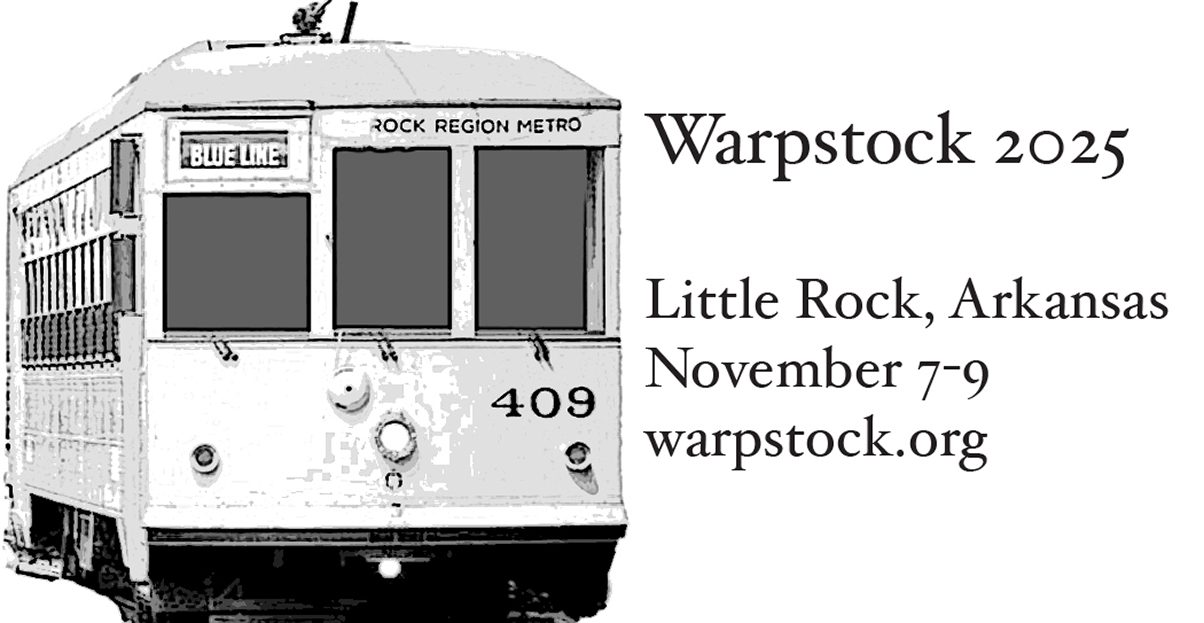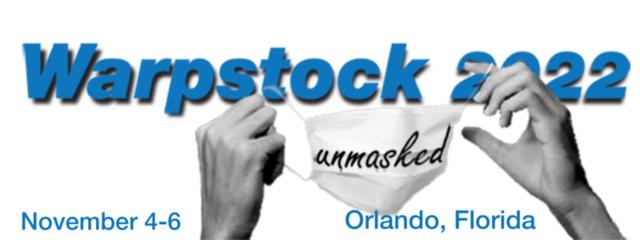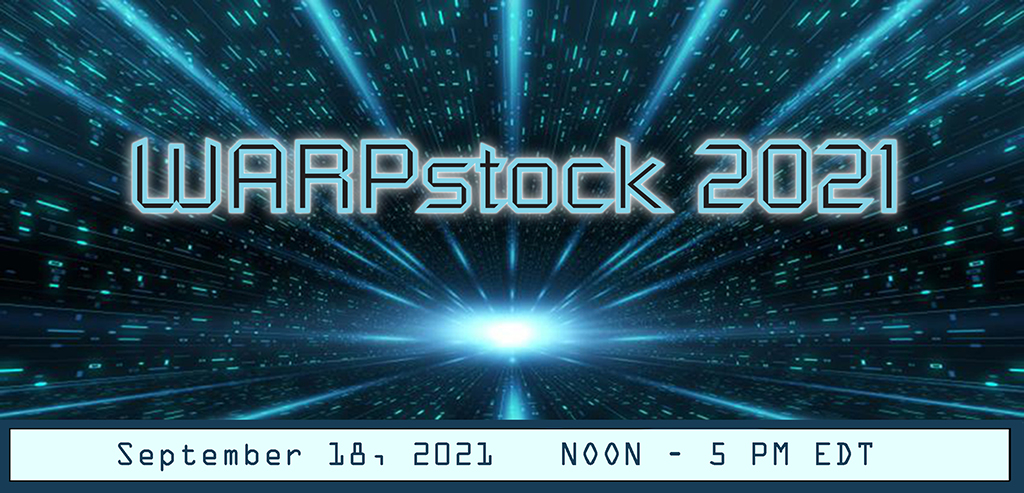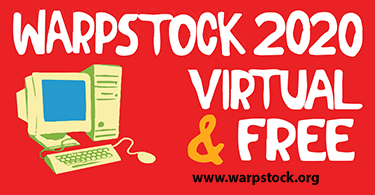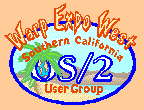SCOUG-Programming Mailing List Archives
Return to [ 15 |
February |
2004 ]
<< Previous Message <<
>> Next Message >>
Content Type: text/plain
"...I was at Yorktown for a short while. Nice place. And I'm
sure that Fortran would have been a good language for their
APL compiler, since both Fortran and APL have appeal to the
researchers who were there --there would have been good
team involvement in the project."
Fortran was possibly the worst choice under the
circumstances, for the same reason that PL/I's initial intent
was to be Fortran VI to replace the venerable Fortran IV. It
was the worst choice under the circumstances for APL as it
would be for REXX: both support dynamic redeclaration of
data type attributes for variables. Moreover APL supports
aggregate operands as does PL/I. Fortran does not. It
supports element operands only.
At least with PL/I you have support for the same name
variable with different data types: one of the two historical
uses of begin-blocks in PL/I, which started off this whole
thread. Bob gave an excellent presentation of the 'parse'
verb in REXX. You would play hell trying to replicate that in
Fortran.
I've nitpicked at certain anomalies in my opinion within IBM,
while believing like you that in general it sets the standard in
areas of hardware, software, and documentation. This
concentration of intellect frequently manifested itself in using
brute force instead subtlety in attacking certain issues. That
same form of arrogance found us producing decimal based
machines in the US, while Europe without the same level of
resources available invented the binary machine. When IBM
came out with machine hardware, the S/360, which did both, a
whole industry had to adjust.
I learned to program in actual from reading Dan McCracken's
"Digital Computer Programming". Later on I for PL/I I found
the book by Gerald Weinberg. These two communicators
established a standard for writing that few have reached
since.
At one time I interviewed for a position to write the education
material for teaching CICS classes. I turned it down, which
angered my manager, because he had already secured a
replacement. He asked me why I had turned it down. I
responded that it didn't make sense to me to go into a position
whose effort you could complete in six months. I didn't realize
that there were people who could turn six months into a
career. I certainly wasn't one of them.
Instead I found myself in the IBM Customer Center in Norwalk.
There I developed material, a 28-page manual, covering
everything necessary to analyse, design, and code CICS
applications. I also taught in in a single half-day, three-hour
course instead of the two-week one that IBM had developed.
I did a similar thing for IMS/DL/I using a set of 7 foils, again
presented within a half-day class. I did yet another half-day
class on database design.
As an IBM System Engineer the rules at the time said that I
could perform half-day presentations for free, but anything
longer would come under a fee-base contract, nominally
performed by one of the "experts" from IBM Services. I won't
go through the battles I had with IBM Services over the years.
The battles didn't keep me from recommending them in
certain account situations.
=====================================================
To unsubscribe from this list, send an email message
to "steward@scoug.com". In the body of the message,
put the command "unsubscribe scoug-programming".
For problems, contact the list owner at
"rollin@scoug.com".
=====================================================
<< Previous Message <<
>> Next Message >>
Return to [ 15 |
February |
2004 ]
The Southern California OS/2 User Group
P.O. Box 26904
Santa Ana, CA 92799-6904, USA
Copyright 2001 the Southern California OS/2 User Group. ALL RIGHTS
RESERVED.
SCOUG, Warp Expo West, and Warpfest are trademarks of the Southern California OS/2 User Group.
OS/2, Workplace Shell, and IBM are registered trademarks of International
Business Machines Corporation.
All other trademarks remain the property of their respective owners.
| 
